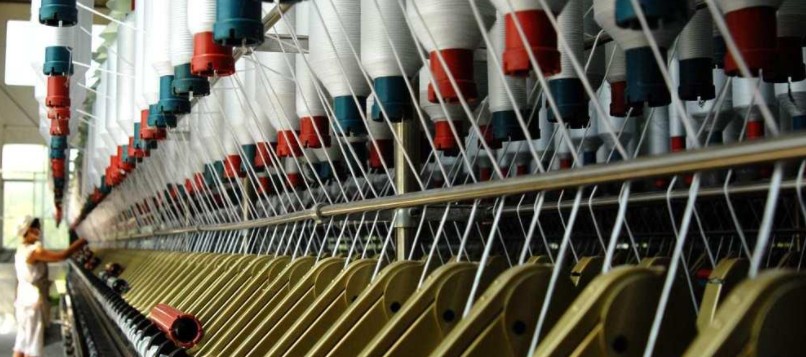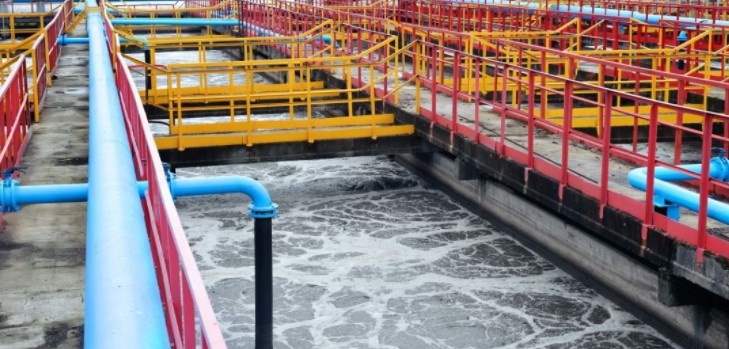The textile printing and dyeing industry is one of the main industries
in the world. However, behind the colorful and multi-color, it has
caused serious pollution of the water environment. The wastewater
discharged from the textile printing and dyeing industry has a high
chroma. How to decolorize has also become a headache for enterprises.

In general, printing and dyeing textile wastewater has the following
characteristics: most of the organic matter in the wastewater is based
on aromatic groups such as benzene, naphthalene, anthracene, and
quinone, and has chromogenic groups, the color is very deep, and the
chroma is 500 to 500,000. It is highly polluting; due to the needs of
the production process and molecular structure, dye substances and
intermediate molecules often contain polar groups, which enhance water
solubility and cause a large amount of material loss. Wastewater usually
contains many raw materials and by-products, such as halides, nitro
compounds, amino compounds, anilines, phenols and other series of
organic compounds and some inorganic salts such as sodium chloride,
sodium sulfate, sulfide, etc., with high concentration, high toxicity,
and general COD It can reach 1000~73000mg/L; dye wastewater is mostly
acidic, and some are alkaline, and generally contains a lot of salt.

In view of the difficult decolorization and treatment of textile
printing and dyeing wastewater, the treatment method generally adopted
on the market at present is to use: polyaluminum chloride or
polyaluminum ferric chloride, and polyferric sulfate to simultaneously
compound polyacrylamide to achieve the desired effect. The treatment
effect of these agents on the dye wastewater solution is higher than the
treatment effect of each individual component. In the case of a certain
ratio, the pH of the raw water and the dosage of the agent have a
greater impact on the decolorization rate, and other factors have a
small impact on the decolorization rate. Under the best conditions, the
decolorization rate is as high as 99.7%. However, polyaluminum chloride
has the advantages of high decolorization rate of dye wastewater and
good floc settlement performance, which is suitable for the pretreatment
of alkaline dye wastewater. Polyaluminum chloride (PAC) is a widely
used inorganic flocculant, but it exists in a large amount. If
polyacrylamide and polyaluminum chloride are used in synergy, the dosage
of PAC will be greatly reduced. And it can achieve the characteristics
of good treatment effect and low cost.

